Construction sites are inherently dangerous environments that demand strict adherence to safety protocols to ensure the well-being of workers and bystanders. Accidents on-site can result in injuries, financial losses, or even fatalities, making safety measures a critical aspect of any construction project.
This comprehensive guide highlights the top 10 essential construction site safety tips, offering actionable advice for minimizing risks and fostering a culture of safety. Whether you’re a project manager, contractor, or worker, these insights will help you create a safer, more productive work environment.
Top 10 Essential Construction Site Safety Tips
Ensuring safety on construction sites is paramount to protect workers and maintain efficient operations. Here are ten essential safety tips to uphold a secure working environment:
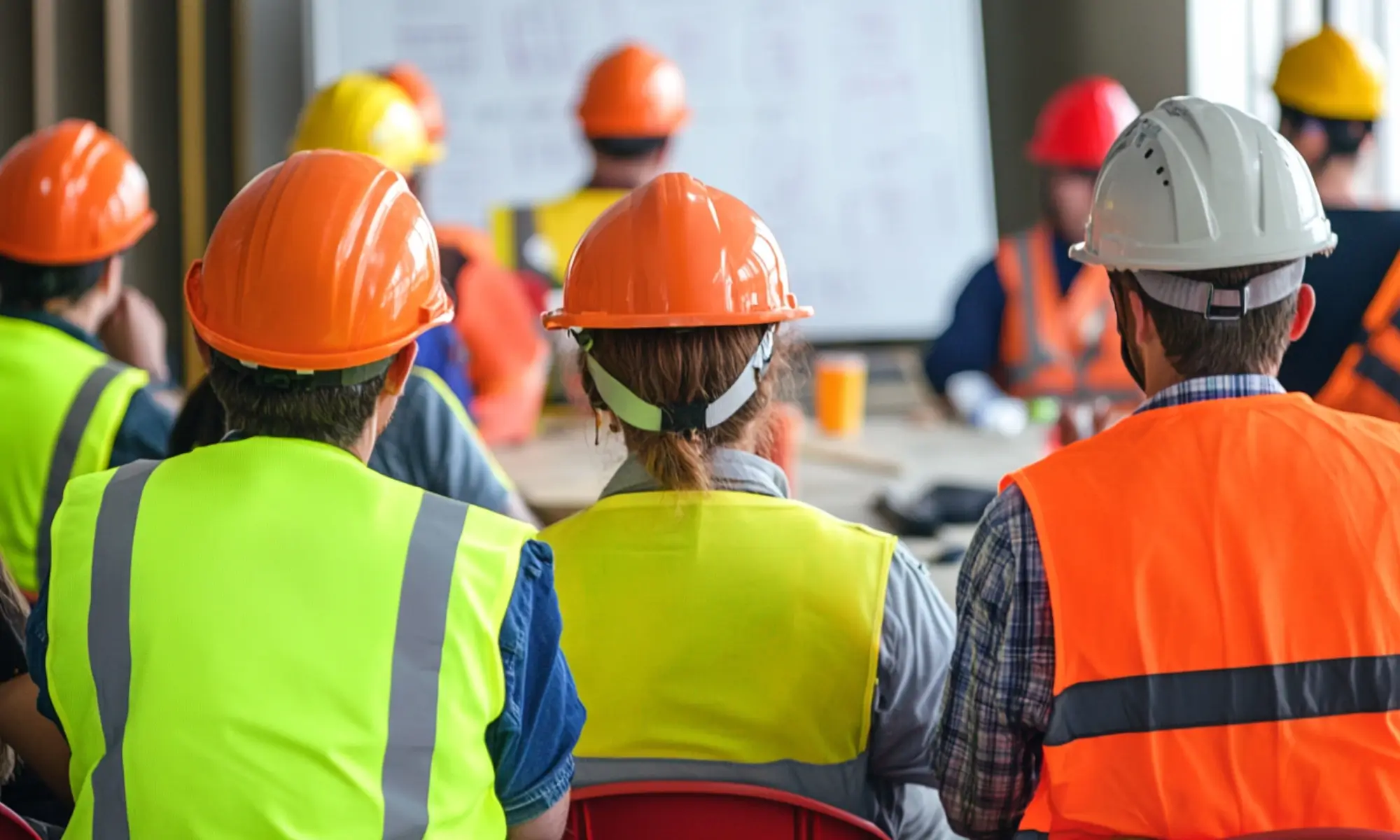
1. Conduct Comprehensive Safety Training
Safety training is the cornerstone of accident prevention. Workers need to understand the risks associated with their tasks and how to perform them safely. Training equips workers with the knowledge to identify hazards, use equipment correctly, and respond effectively to emergencies.
- Why It Matters: Without proper training, workers are more likely to make mistakes that could lead to accidents. Training builds confidence and fosters a culture of safety awareness.
- How to Implement: Include hands-on sessions for equipment handling, and conduct emergency drills that mimic real-world scenarios. Regular refresher courses ensure workers remain informed about new hazards and updated safety protocols.

2. Utilize Personal Protective Equipment (PPE)
PPE acts as a crucial barrier between workers and potential hazards. Items such as hard hats, gloves, goggles, and steel-toe boots protect against falling objects, chemical exposure, and other risks.
- Why It Matters: Proper PPE usage reduces injury severity and prevents many accidents altogether. However, simply providing PPE is not enough; workers must be trained and encouraged to use it consistently.
- How to Implement: Make PPE mandatory across the site. Supervisors should ensure that equipment is task-specific, regularly inspected, and replaced as needed. Clear policies and strict enforcement help build a culture of compliance.
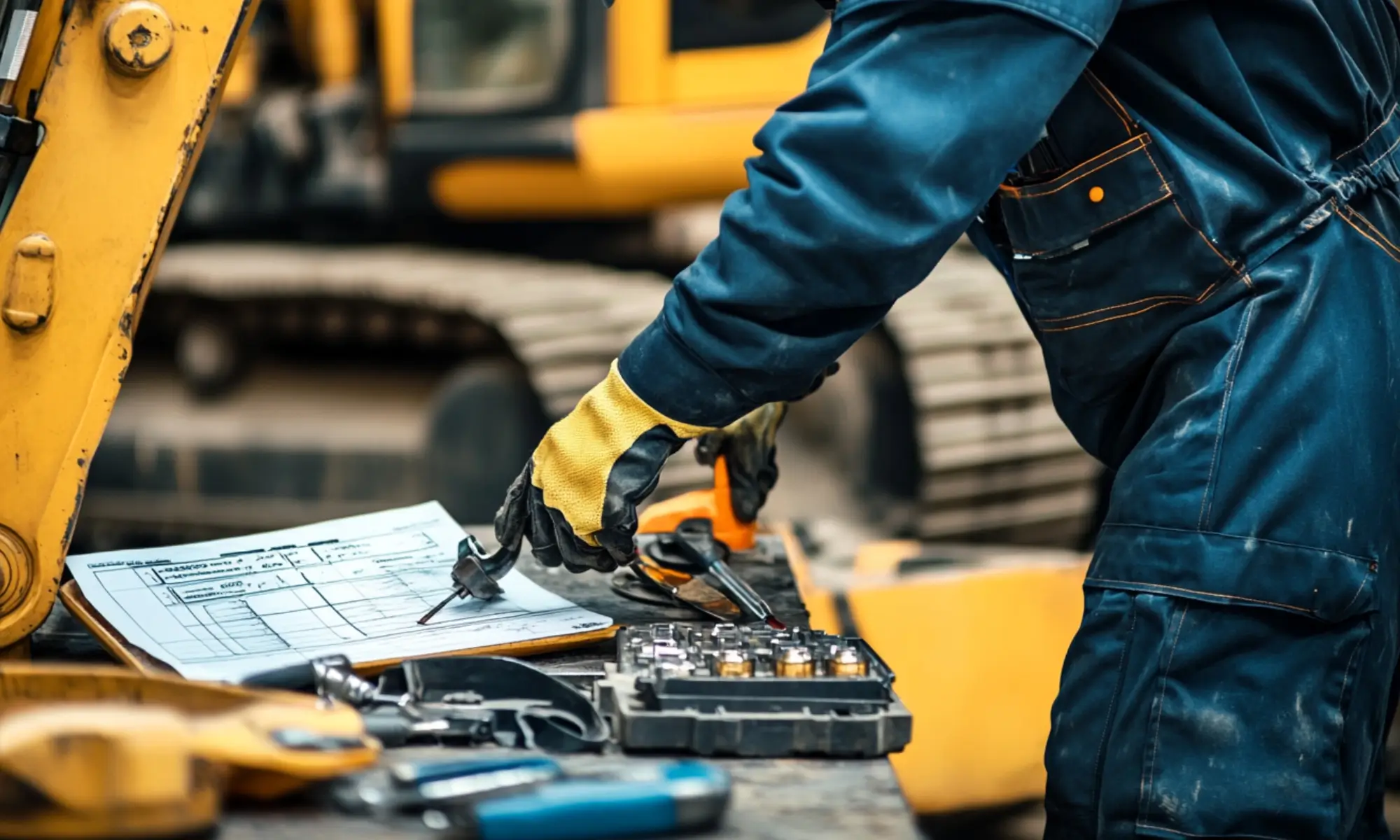
3. Maintain Equipment Regularly
Construction tools and machinery are critical to operations, but they can pose risks if not maintained properly. Regular maintenance prevents malfunctions, which are a common cause of accidents.
- Why It Matters: Faulty equipment can lead to injuries, project delays, and costly repairs. Routine checks ensure that machinery is safe and efficient to use.
- How to Implement: Develop a maintenance schedule that includes daily inspections and periodic servicing. Keep detailed records of maintenance activities to identify recurring issues and ensure accountability.
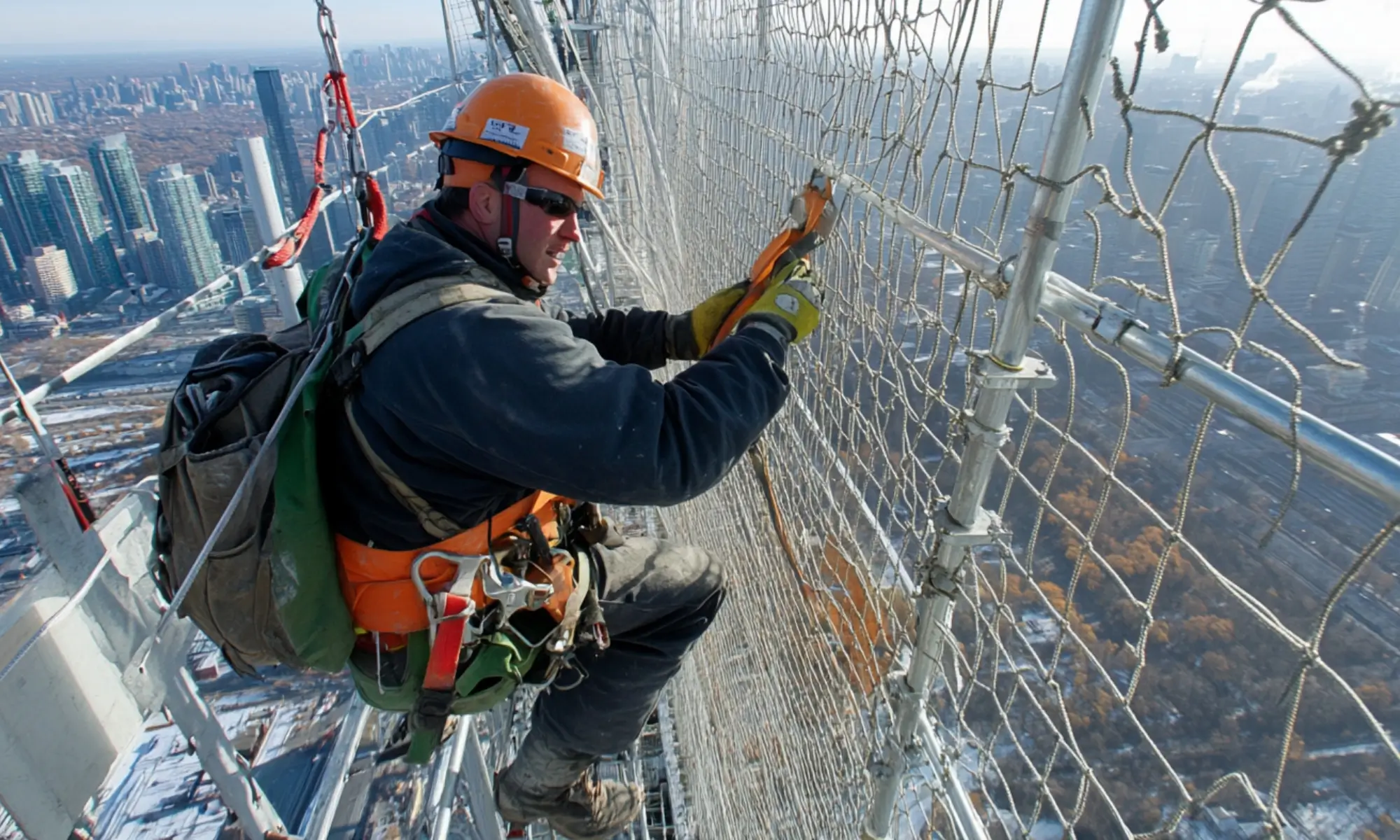
4. Implement Fall Protection Systems
Falls are a leading cause of injuries on construction sites, especially when working at heights. Fall protection systems, such as guardrails, safety nets, and personal fall arrest systems, can drastically reduce these risks.
- Why It Matters: Falls can result in severe injuries or fatalities, making it essential to have reliable protective measures in place. Proper training on fall prevention adds an extra layer of safety.
- How to Implement: Install guardrails and safety nets in areas with high fall risks. Use harnesses and lifelines for workers operating at heights. Ensure all workers receive training on using these systems correctly.
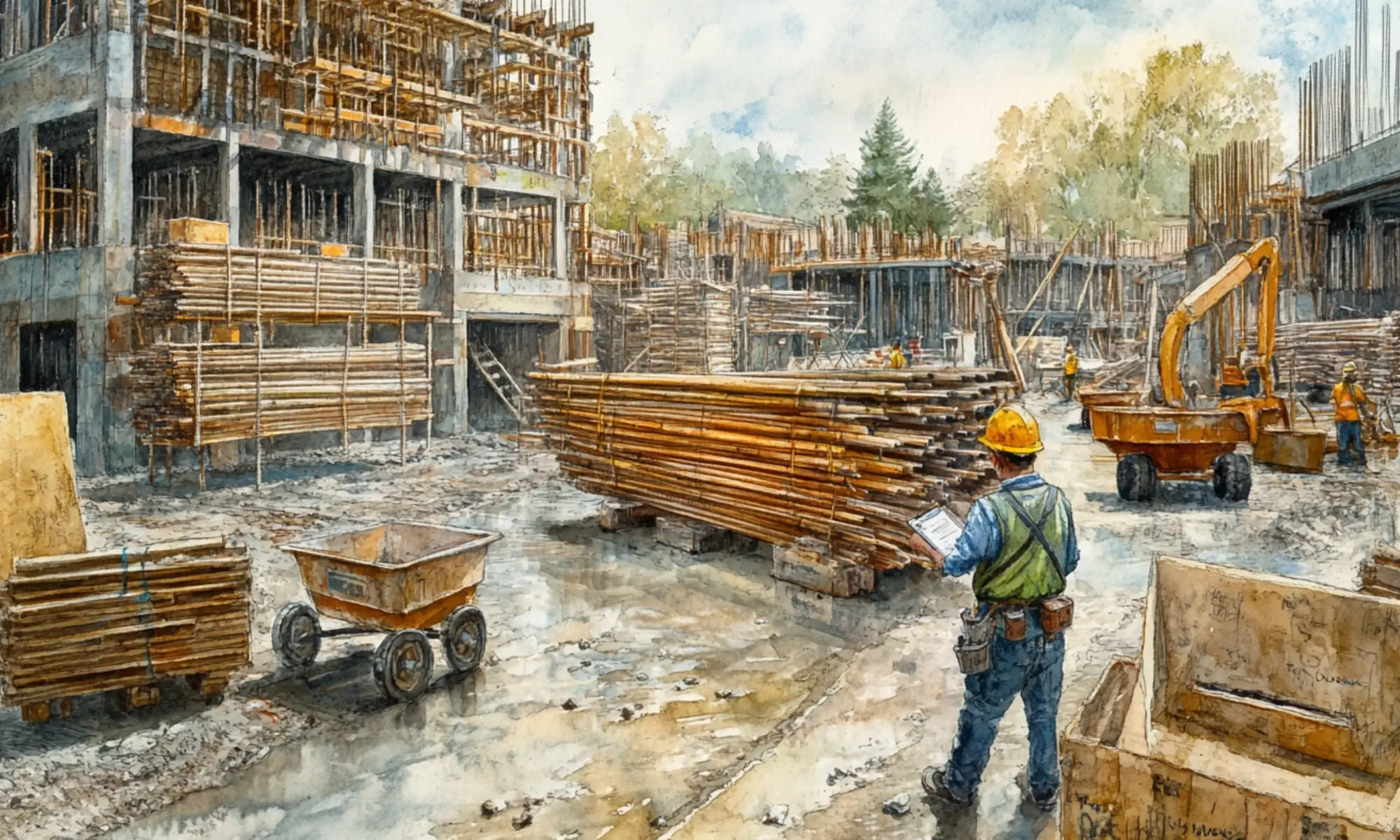
5. Keep the Site Organized and Clean
A cluttered and disorganized site is a breeding ground for accidents like slips, trips, and falls. Maintaining a clean workspace enhances safety and boosts productivity.
- Why It Matters: Accidents caused by clutter are easily preventable with proper organization. A clean site allows workers to focus on their tasks without unnecessary distractions or risks.
- How to Implement: Set up waste management protocols for timely debris removal. Clearly mark storage areas for tools and materials. Encourage workers to maintain clear pathways and designated work zones to ensure smooth operations.
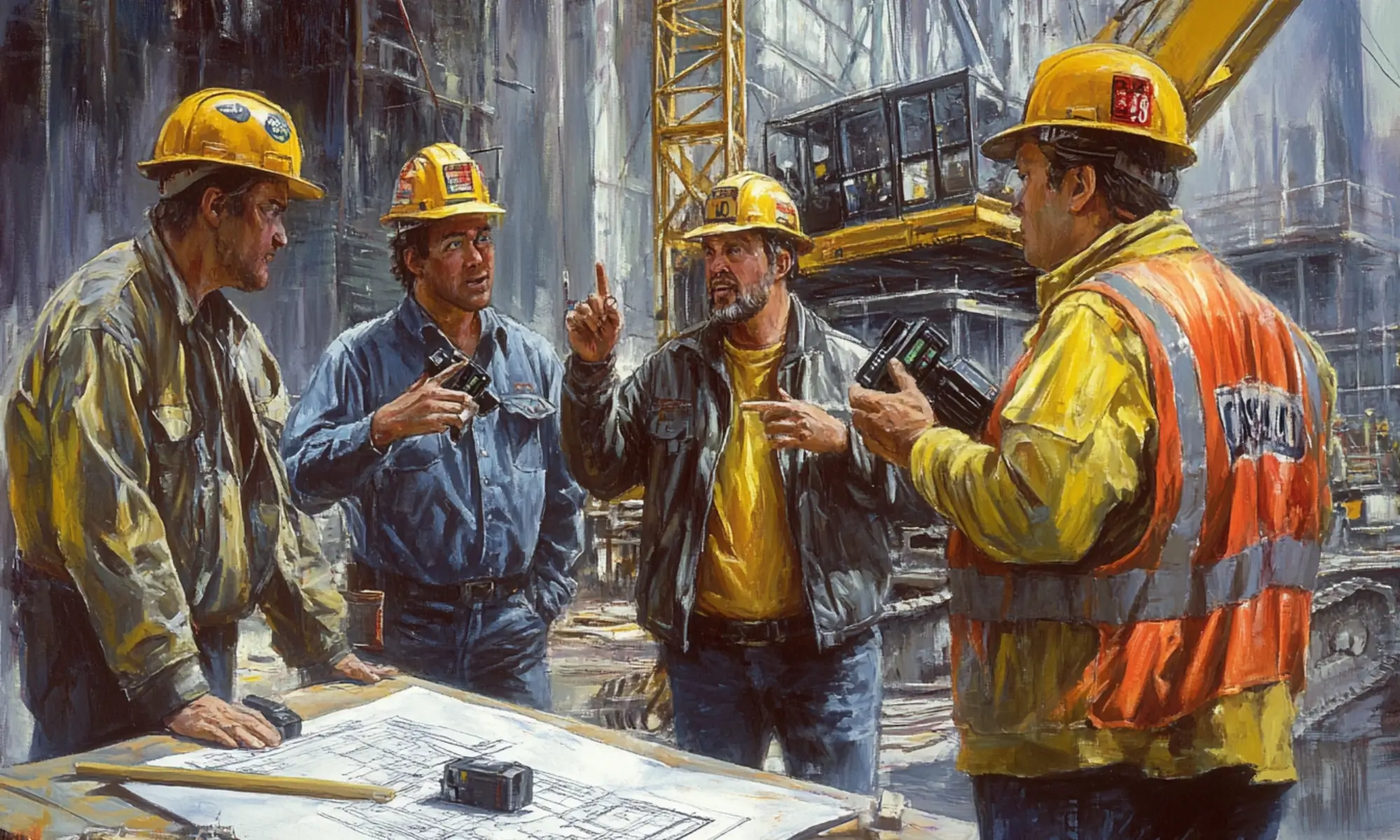
6. Establish Clear Communication Protocols
Effective communication is critical for ensuring the smooth execution of tasks and preventing accidents. Workers need to know what is happening on-site, including potential hazards and operational changes. By using a combination of tools such as radios, signage, and hand signals, construction teams can ensure clarity and coordination.
- Why It Matters: Miscommunication or lack of communication is a common cause of accidents. Clear communication protocols help avoid misunderstandings and keep workers informed about daily priorities and risks.
- How to Implement: Place visible signage in hazardous areas, distribute radios to team leaders for instant communication, and hold daily safety briefings to update workers on tasks and potential dangers.
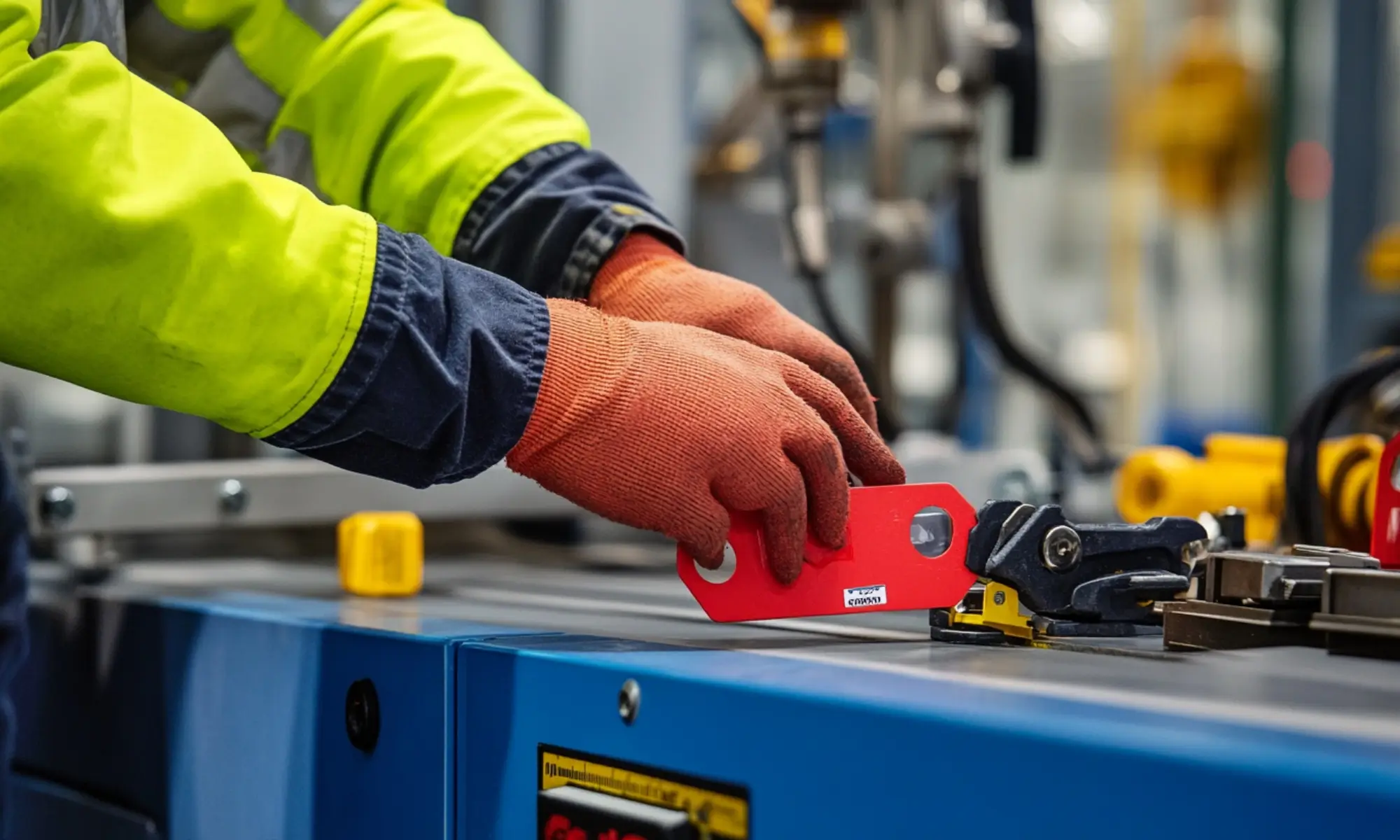
7. Enforce Lockout/Tagout Procedures
Lockout/tagout (LOTO) procedures are vital for preventing accidental equipment startups during maintenance or repairs. These systems ensure that machinery is de-energized and cannot be operated until all safety checks are complete.
- Why It Matters: Unexpected machinery movement or energy release can lead to severe injuries or fatalities. LOTO systems protect workers performing maintenance and ensure their safety.
- How to Implement: Create a detailed LOTO protocol tailored to your site’s equipment. Train workers on how to properly lock out and tag machinery. Conduct regular audits to ensure compliance and address gaps in procedures.
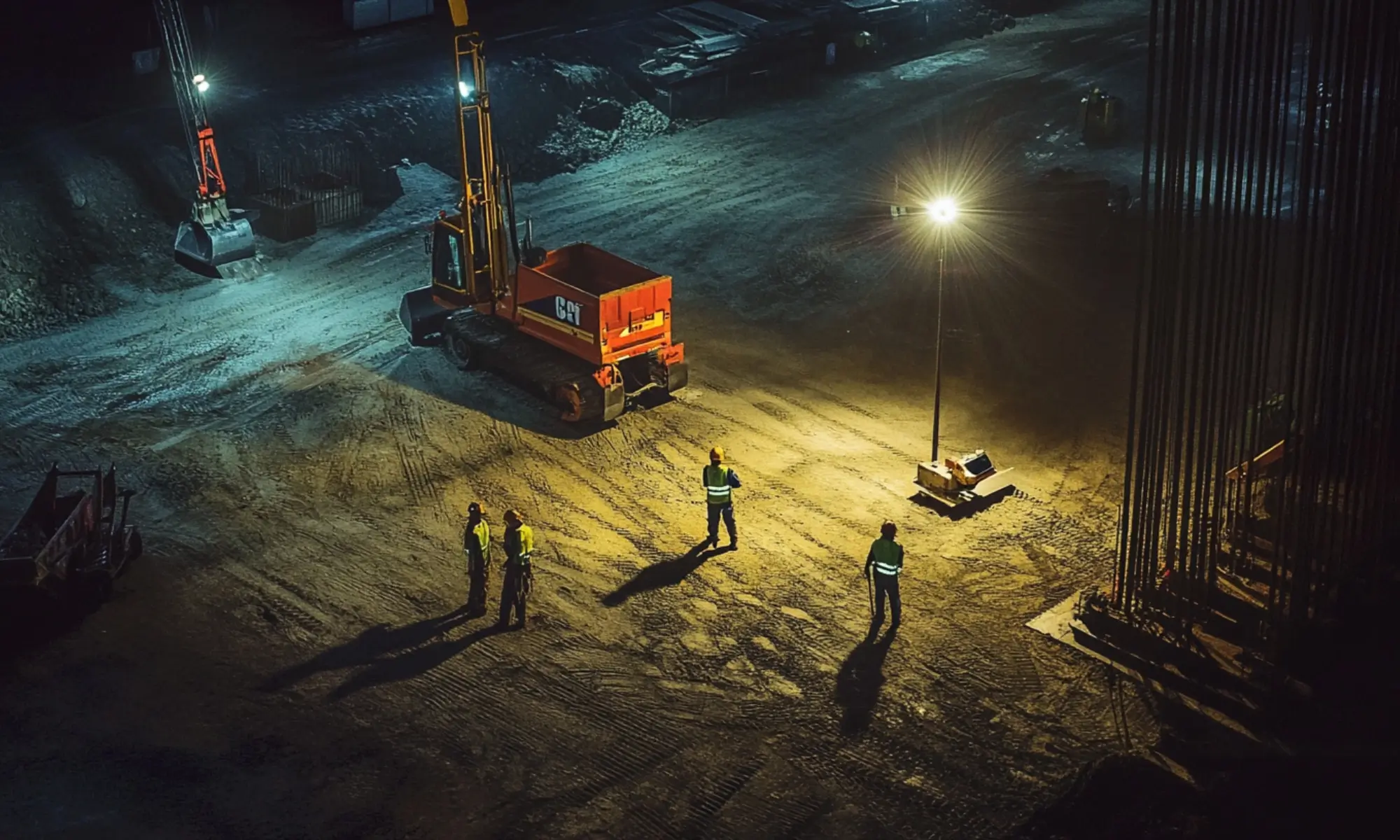
8. Ensure Adequate Lighting
Good visibility on a construction site is essential for avoiding errors and accidents. Poor lighting increases the risk of slips, trips, and falls and can hinder the precision required for certain tasks. Proper illumination ensures that workers can see their environment clearly, reducing risks.
- Why It Matters: Insufficient lighting can lead to costly mistakes, injuries, or equipment damage. Adequate lighting promotes both safety and productivity.
- How to Implement: Install fixed lighting in critical work areas and use portable lighting solutions for dimly lit zones. Regularly inspect and maintain lighting equipment to ensure functionality.
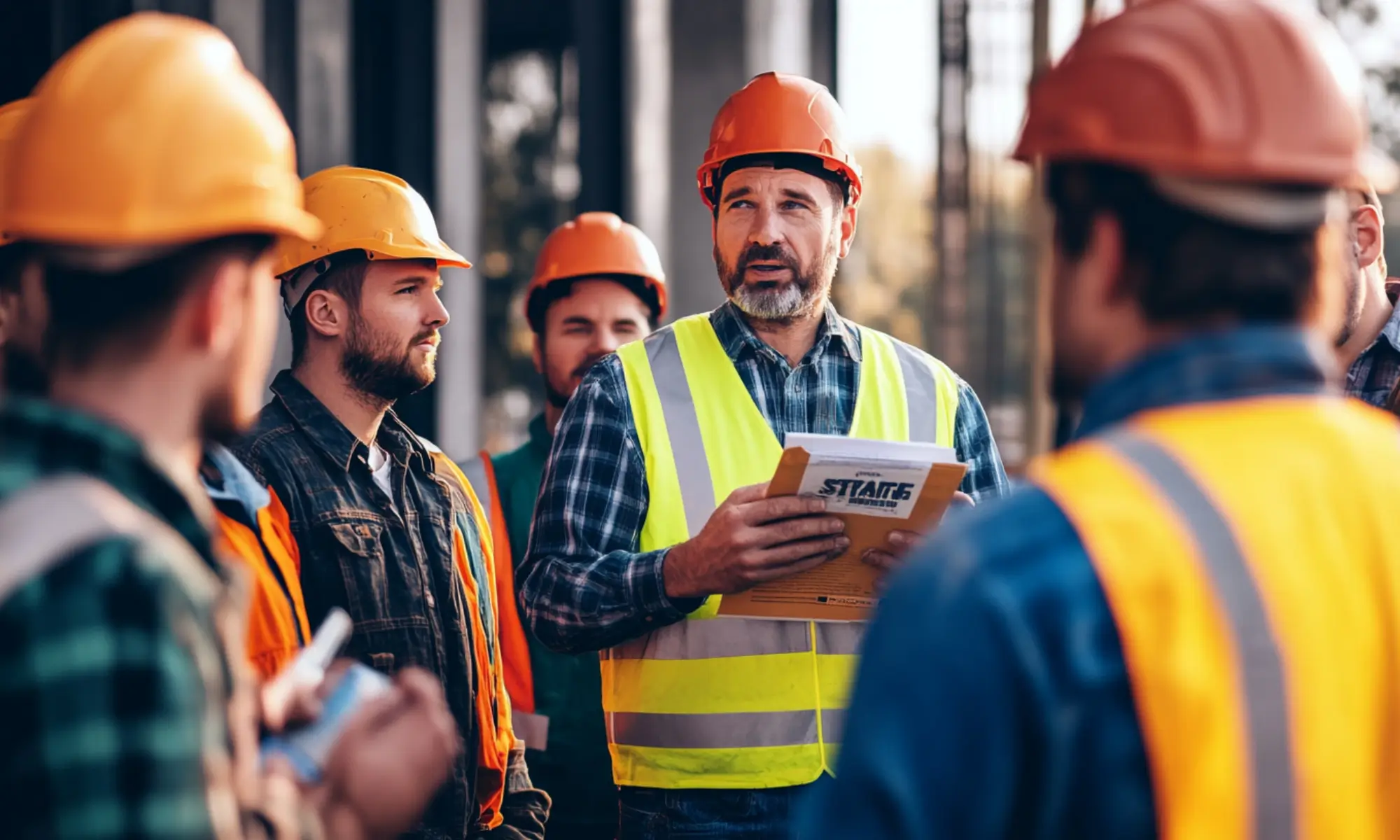
9. Promote a Safety-First Culture
A safety-first culture prioritizes the well-being of workers over deadlines or cost considerations. Leadership plays a significant role by modeling safe behaviors and encouraging workers to take safety seriously. Recognizing and rewarding safe practices reinforces positive behavior.
- Why It Matters: A culture that values safety motivates workers to be vigilant and proactive in identifying and mitigating risks. This reduces accidents and boosts morale.
- How to Implement: Conduct regular safety meetings to discuss concerns and share best practices. Recognize workers who demonstrate adherence to safety protocols. Empower employees to report hazards without fear of repercussions.

10. Monitor Weather Conditions
Weather is an external factor that can greatly impact construction site safety. Conditions such as high winds, rain, or extreme temperatures can make tasks more dangerous. Monitoring weather forecasts and adapting work schedules accordingly can prevent weather-related accidents.
- Why It Matters: Weather conditions like slippery surfaces, reduced visibility, or heat stress can lead to injuries and delays. Staying prepared ensures worker safety and maintains project timelines.
- How to Implement: Use reliable weather monitoring tools to get daily updates. Halt operations when weather conditions pose significant risks. Provide workers with gear suited to the weather, such as raincoats or sun protection.
Conclusion
Safety on construction sites requires a multifaceted approach involving training, equipment maintenance, and proactive risk management. By implementing these ten essential tips, construction managers and workers can create a safer environment, minimize risks, and enhance productivity. Always prioritize safety—it’s not just about compliance but about protecting lives.

